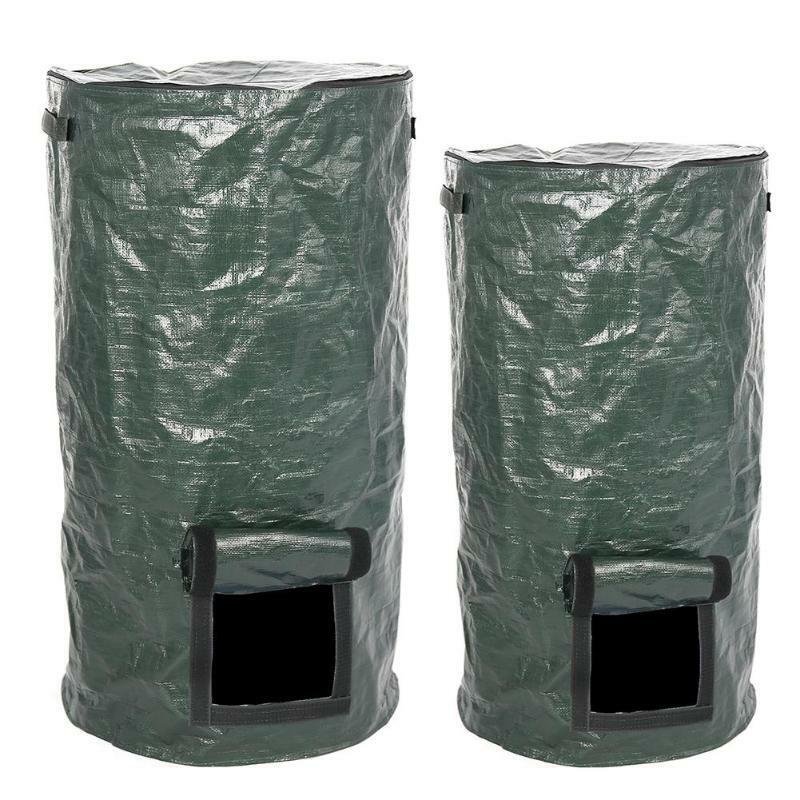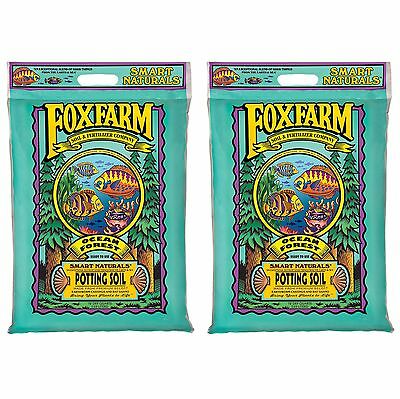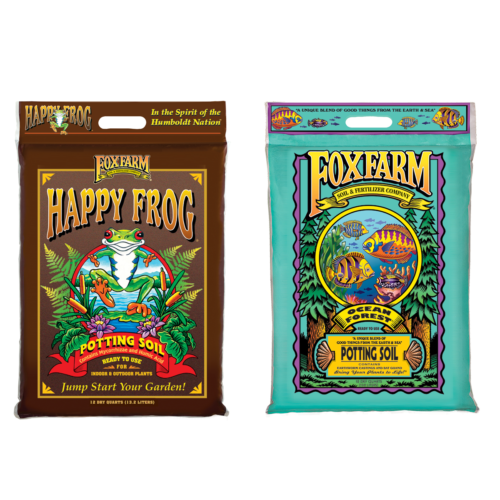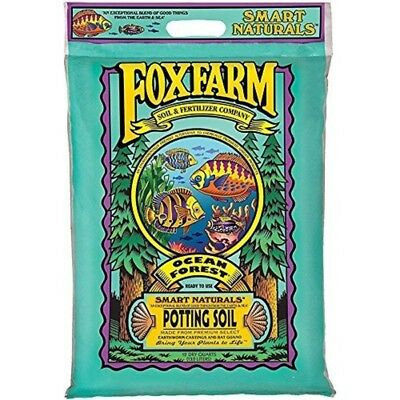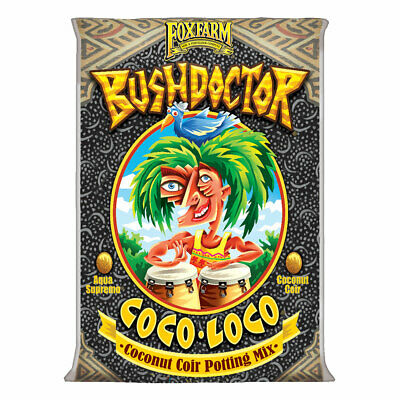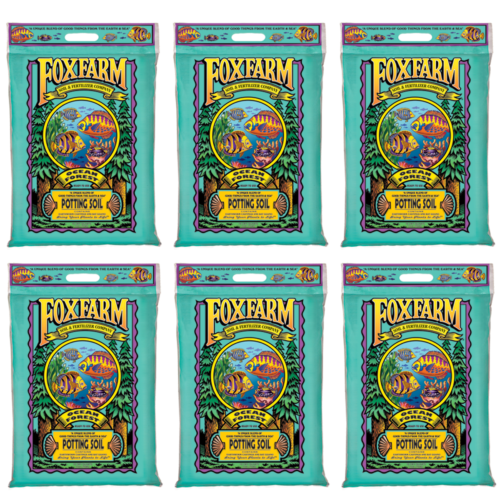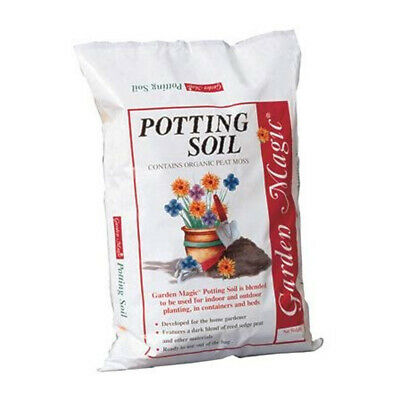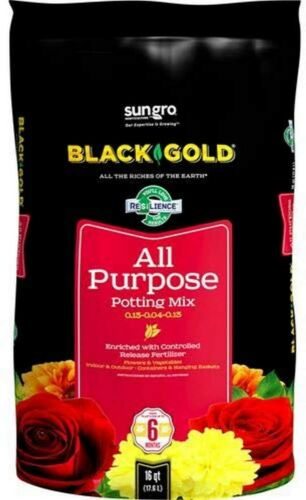-40%
ORGANIC MILLIPEDE CASTINGS - NATURAL SOIL FERTILIZER AMENDMENT SAME AS MILLIPOO
$ 22.12
- Description
- Size Guide
Description
Millipede castings 5lb, sifted in silver foil bagsDescription and background
This fungal dominant product works to improve the health of your plants by building a resilient soil system through the hard work of two specific species of millipedes -Trigoniulus corallinus, (Florida Rusty) and Anadenobolus monilicornis, (Jamaican Bumblebee). These millipede species are from Indo-Malayan tropical climates and have migrated through the Caribbean to the southern tip of Florida where they have become naturalized to the only subtropical region in the United States.
As macro-arthropods, millipedes are detritivores that eat broken down plant and tree matter on the surface of the tropical forest floor. In most forest systems, arthropods, (the whole group), are responsible for up to 80% of the breakdown of plant material on the forest floor. They do not target specifically the bacteria and fungi, (as do their cousins the Micro-arthropods), but rather consume bacteria and fungus by eating the detritus inoculated with them. Often times the millipedes are found above ground, devouring fungi fruiting bodies, (mushrooms), starting on the soft undersides of the mushrooms where the spores are released and then crawling back underground where they release them closer to the rhizosphere ? resulting in better conditions for better germination.
Millipede castings are extremely high in active fungi as well as spores and propagules. As seen in the testing some 45:1 fungi to bacteria: Packed with free-nitrogen fixers, cellulose and phosphorus solubilizers, the castings are consistent with a properly fungal-dominant product. Fungi are known for phosphorus breakdown with organic acids: Mycorrhizae fungi possess the ability to transport and deliver nutrients (phosphorus) directly into roots for uptake by the plant. The helper bacteria are also present to assist in achieving the desired elements for superior growth, flowering, and fruiting. Bacteria are already dominant in most soil and can be increased easily but having the right ones do the right job is especially valuable.
Millipede castings
is produced using millipedes, a specific group of hardwood mulch, water and other ingredients in a static pile system to create the baseline product. The numbers of fungi and bacteria can be increased by incorporating inputs of organic microbe/fungi foods, elements along with minerals which are consumed by the millipedes and can alter both microbial plus fungal populations to create the balance required for optimal growth of specific plant species. Another option is to combine fungal dominance of millipede castings with earthworm castings? bacterial dominance to achieve a particular balance and glean all the benefits that come through an earthworm?s diet.
Why millipede castings are good for soil
Millipedes are detritivores (decomposers) that eat decaying matter on the tropical forest floor. In most forest systems, decomposers (like millipedes) are responsible for up to 80% of the natural composting process. In a process similar to Micro-arthropods, who target specifically bacteria and fungi, millipedes most importantly consume the detritus inoculated in the matter. The difference between the two, is absorbability. Millipedes, unlike other species, promote a fungal growth through casting on the rhizosphere level! This means Millipedes work to promote the mutually helpful relationship between fungi and plants.
In this area just prior to the rhizosphere large numbers of wood decaying species of fungi have the responsibility of breaking down the initial layer of organic material to fall to the forest floor. These fungi are the best decomposers of lignin and cellulose, (the hardest parts of wood to break down). Next comes an army of macro-arthropods from springtails to pill bugs?..and of course millipedes: They break up, aerate, and consume the ?duff? layer, leaving behind fungally dominant castings.
The feces is expelled in a tiny, tightly constructed pellet. This pellet acts as a tiny natural SLOW RELEASE flow of bacteria, fungi and ultimately ENZYMES which help to prepare detritus to be consumed by the coming onslaught of microbial biomass. This process can mineralize the elements already present in soil. These mineralized elements then transfer deeper underground and into the waiting arms of the soil food web. An Army of Amoebae, Protozoa, Nematodes and Micro-arthropods consume bacteria and fungi, (along with each other, too!), releasing otherwise-immobilized minerals and nutrients in a bio-available form directly into the rhizosphere to be consumed by plants through the root system and their associations with the soil food web.
Application
instructions
Vegetables & Annual Color:
Line bottom of plant holes & seed furrows with 1 inch of Millipede castings . Set seeds or plants in place & cover with soil. Add 1 cup Millipede castings per plant to backfill mix. Top-dress during grow season at 1/4 cup per plant or 1/2 cup per linear foot once every 2 months.
Perennials:
Add 1/4 cup Millipede castings into the soil above the root zone taking care not to damage shallow roots. Apply in Spring, Summer & early Fall per plant to backfill mix.
Compost Tea:
Apply 1 part Millipede castings to 3 parts tea mix.
(Or 30% of dry tea ingredients mix).
Potted Plants and seeds (New):
Apply 1 part Millipede castings to 8 parts soil mix. Or 10% of soil mix.
Potted Plants (Established):
Add 1? of Millipede castings to top of your soil. Mix in gently, taking care not to damage shallow roots ? water ? repeat every 2 months.
Lawns:
Apply 1.5 cu ft per 100 sq ft. Work lightly into soil. Mix in grass seed & water well.
Roses
: Work 1 cup per plant into soil above the root zone taking care not to damage shallow roots. Apply in Spring, early Summer & early Fall.
Shrub Beds:
Top dress with 1/2 cubic feet per 100 square feet, Spring & Fall.
Citrus:
Top dress within the drip line at 1/2 cu ft. per 35 sq ft. Apply in early Spring & late Fall.
Deciduous Fruit Trees:
Top dress within drip at rate of 1/2 cu ft. per 35 square feet, early Spring, Mid-Summer and late Fall.
Specimen Trees:
Top dress within the drip line at 1/2 cu ft. per 35 square feet. Apply in Spring, Summer and Fall.
Pots:
Add 1/2 inch of Millipede castings to topsoil. Mix gently without damaging shallow roots.
If you are interested to buy live miliipede species please seethe following items:
40 live millipedes https://www.ebay.com/itm/40-LIVE-MILLIPEDES-Scarlet-Trigoniulus-Corralinus-Bumble-bee/223525560675?hash=item340b296163:g:MugAAOSwFOld1LdV
100 live millipedes https://www.ebay.com/itm/100-LIVE-MILLIPEDES-Bumblebee-Anadenobolus-Monilicornis-Scarlet-Trigoniulus/323820719418?hash=item4b65380d3a:g:nA4AAOSwjmRc3iOV
200 live millipedes https://www.ebay.com/itm/200-LIVE-MILLIPEDES-Bumblebee-Anadenobolus-Monilicornis-Scarlet-Trigoniulus/223550001276?hash=item340c9e507c:g:R94AAOSwCcJdGiZn
Further reading
https://docs.google.com/document/d/1uf2UA_xQeOvaEH2Ye-0dCubeZ6mvYYBLnSD4ppcMyVo/edit?usp=sharing
Microbial Matrix Report https://drive.google.com/open?id=1Sg8dk1yxwJwZ2qpR8zq10oJHSd2QEysc

